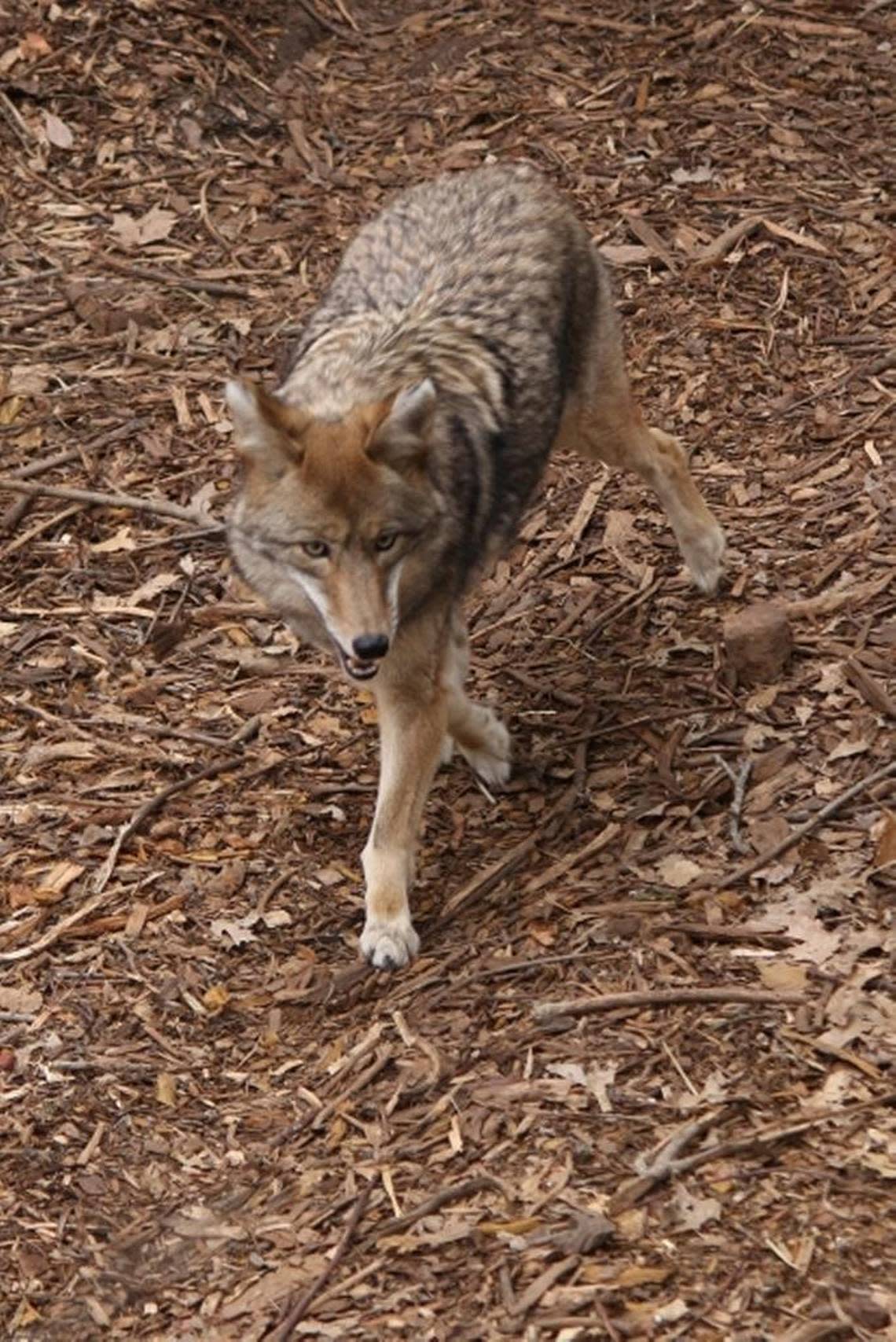Is that a dog in your yard? Look again, it might be a coyote. How you can control them

If you see a stray dog sniffing around the backyard this spring, look more carefully. It could be a coyote.
Breeding season for the shepherd-sized canines has just ended, so the animals are becoming active and more populous heading into the warmer months.
Residents in Horry County have already reported seeing the animals in their neighborhoods.
Here’s what you should know about the elusive predators.
Coyotes typically aren’t threats to humans
While the animals have been known to kill family pets, oftentimes they’ll stay clear of areas where human activity remains high. Habitat loss, depredation and other factors have pushed them further into urban locations.
They usually breed between January and March, with pups emerging from dens within a couple of months.
How to keep coyotes at bay
Known for their adaptability and voracious appetites, coyotes can easily figure out ways to work around store-bought remedies and scent deterrents. There are practical steps people can take when it comes to avoiding coyote confrontations.
Keep all pets and pet food indoors
Remove bird feeders to take away not only the seed, but other animals that can be food sources for coyotes
Avoid keeping garbage outside
In areas that are fenced in, consider installing rollers along the top of them that prevent coyotes and other animals from getting a foothold
Frightening devices, such as strobe lights, and noise-making devices may be effective in the short term, but coyotes will ignore them once they discover they’re not in danger
Coyotes can be hunted year-round, but there are restrictions on trapping
Though relatively new to South Carolina, they arrived here in the 1970s after losing native Midwestern habitats. Coyotes have since been spotted in every county, and have no natural predators.
“As you get more people moving into the state, there’s more potential for interactions,” Jay Butfiloski, furbearer project leader with the state Department of Natural Resources, told The Sun News in December.
State wildlife officials said the native coyote population has dropped 40% since 2011 based on harvest estimates, management permits and hunting records.
In 2021, 20,348 coyotes were harvested.
Coyotes can be hunted every day of the year on private property with a valid license, and depredation permits are issued for free to landowners without a hunting license.
At night, the animals can only be hunted on property registered through the state Department of Natural Resources. Because coyotes prey on livestock, property owners are allowed to be trapped or shot within 100 yards without any kind of license or permit.

